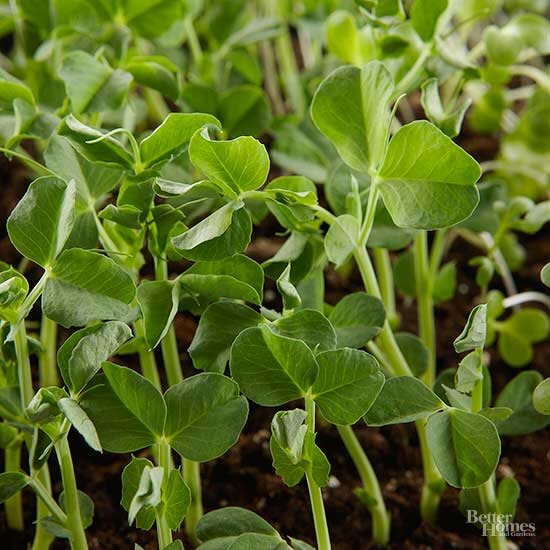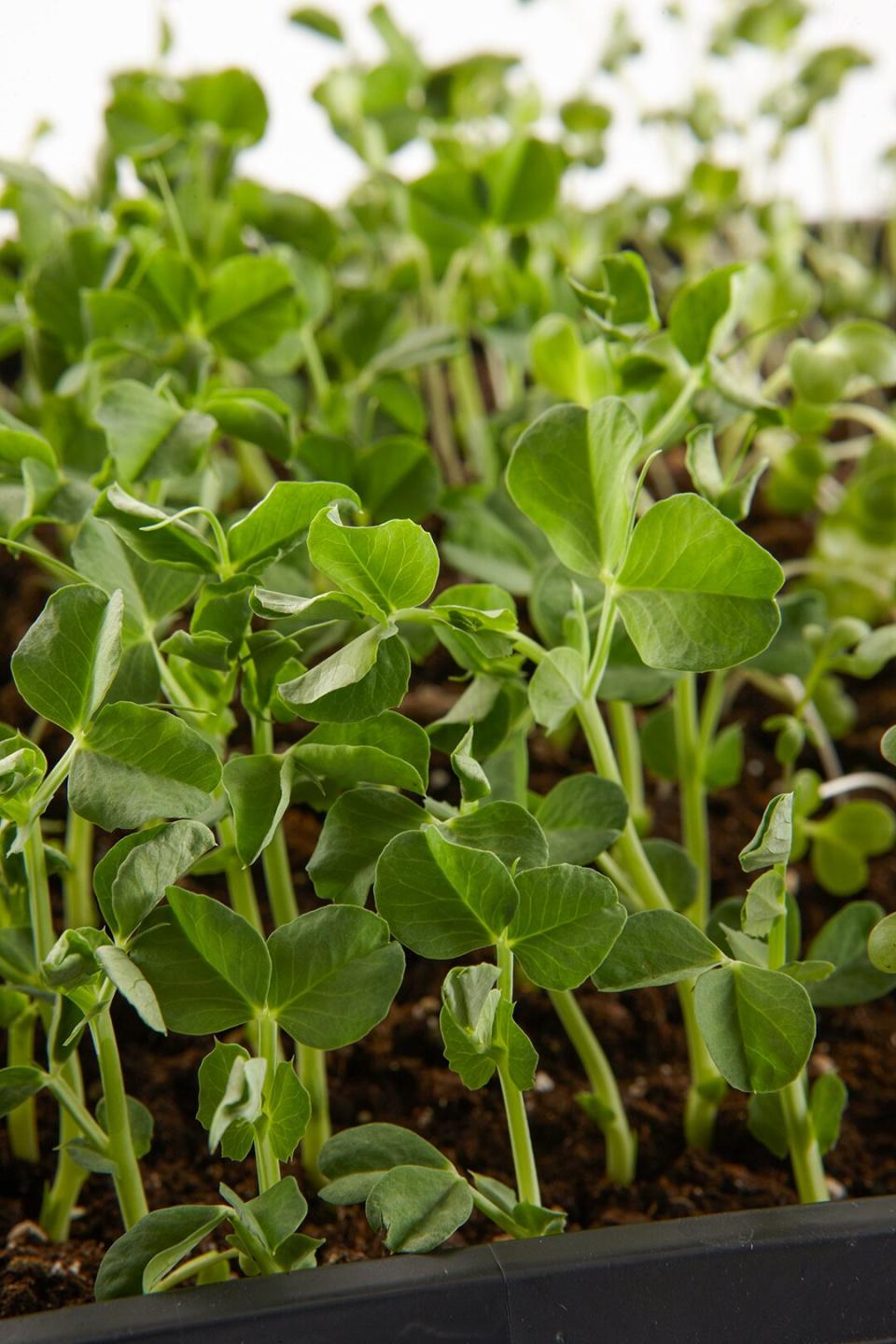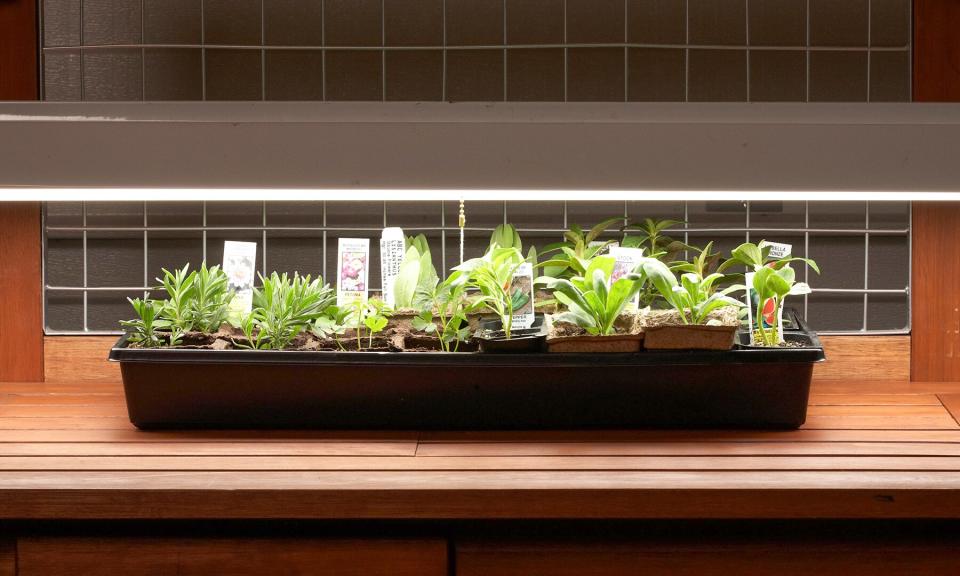Seed Germination for Beginners

Seeds are easy yet complicated to germinate. In general, seeds need oxygen and moisture to sprout, followed by light and the right soil and temperature to grow.
Each type of seed has its own set of rules for germination. If you know something about the type of plant you're growing, you may be able to guess at its germination needs. For example, if the plants have origins in tropical climates, their seeds need warm temperatures and moisture to germinate. But if they're plants native to mountains, their seeds may need cold or freezing temperatures.

Breaking Dormancy
Moisture alone is often enough to break a seed's dormancy. Have you ever grown sprouts for salads or cooking? You've germinated seeds, using water and light. However, some types of seeds are tough customers and need special treatment to germinate.
A chilling period with moisture is needed for some seeds, such as milkweeds (Asclepias spp.). This process is called stratification. (Side note: Vernalization is the term for a chilling period needed to promote blooms for some plants but doesn't involve seeds.) Other plants that need stratification for their seeds to germinate include columbines, daylilies, monkshood, primroses, and roses.
Other seeds, such as moonflowers (Ipomoea alba), need scarification. This scary term is a benign process that simply means using a knife or sandpaper to break open the tough outer seed coating. Other plants that need scarification include camellia, holly, tree peonies, and wisteria.
Every seed has its own optimal temperature for germination. Many need warm temperatures and most need water to germinate.
Many experts suggest soaking perennial plant seeds overnight before planting. Avoid soaking the seeds longer than 24 hours; seeds left too long in water start to rot.

Easy-to-Germinate Seeds
Vegetables
Beans
Broccoli
Herbs
Annual Flowers
Perennial Flowers
Purple coneflowers (Echinacea spp.)

Seed Starting
For many plants, you can start seeds indoors and transplant the seedlings into garden soil or containers outdoors. Or sow seeds directly into garden soil or containers when the soil temperatures are warm enough. In both cases, you should read the seed packet to determine germination needs of the plants you're growing.
Seed-Sowing Timeline
Your seed-starting schedule is determined by your plants’ growth rates and your area’s average frost date, which you can find at garden.org.
Sowing Indoors
8 weeks before last frost: Cabbage, broccoli, eggplant, lettuce, peppers
6 weeks before last frost: Perennial flowers, tomatoes, watermelon
3-4 weeks before last frost: Cucumbers, squash, pumpkins, muskmelon
Sowing Outdoors
2-3 weeks before last frost: Lettuce, sweet peas, radishes, carrots, beets, potatoes, peas, onions
2-3 weeks after last frost: Basil, cutting flowers, corn, cucumbers, pumpkins, squash
3-4 weeks after last frost: All varieties of beans
If Your Region Is Frost Free...
Sow lettuce, broccoli, and carrot seeds outdoors in early fall for winter harvest, and tomato, pepper, and cucumber seeds in midwinter for spring harvest.

